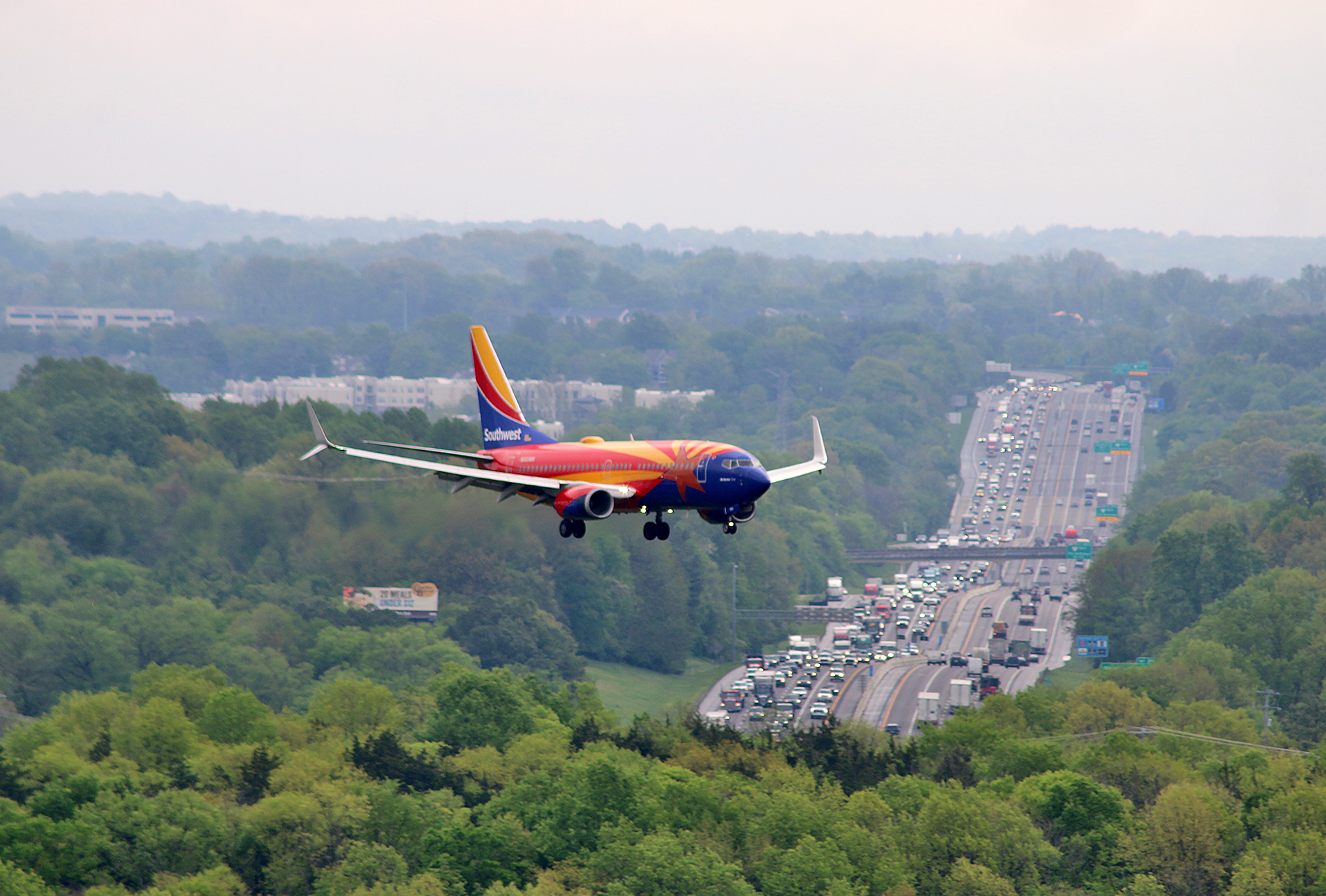Note: This article pertaining to Quit That Loyalty Program Mindset Once and For All was originally published on Saturday, July 18, 2015 at 2:54 in the afternoon and has been updated.
The term loyalty program was a misnomer in the year 2015, for all intents and purposes; and is even more of a misnomer in 2025. The time is long overdue to quit that loyalty program mindset once and for all.
Quit That Loyalty Program Mindset Once and For All.
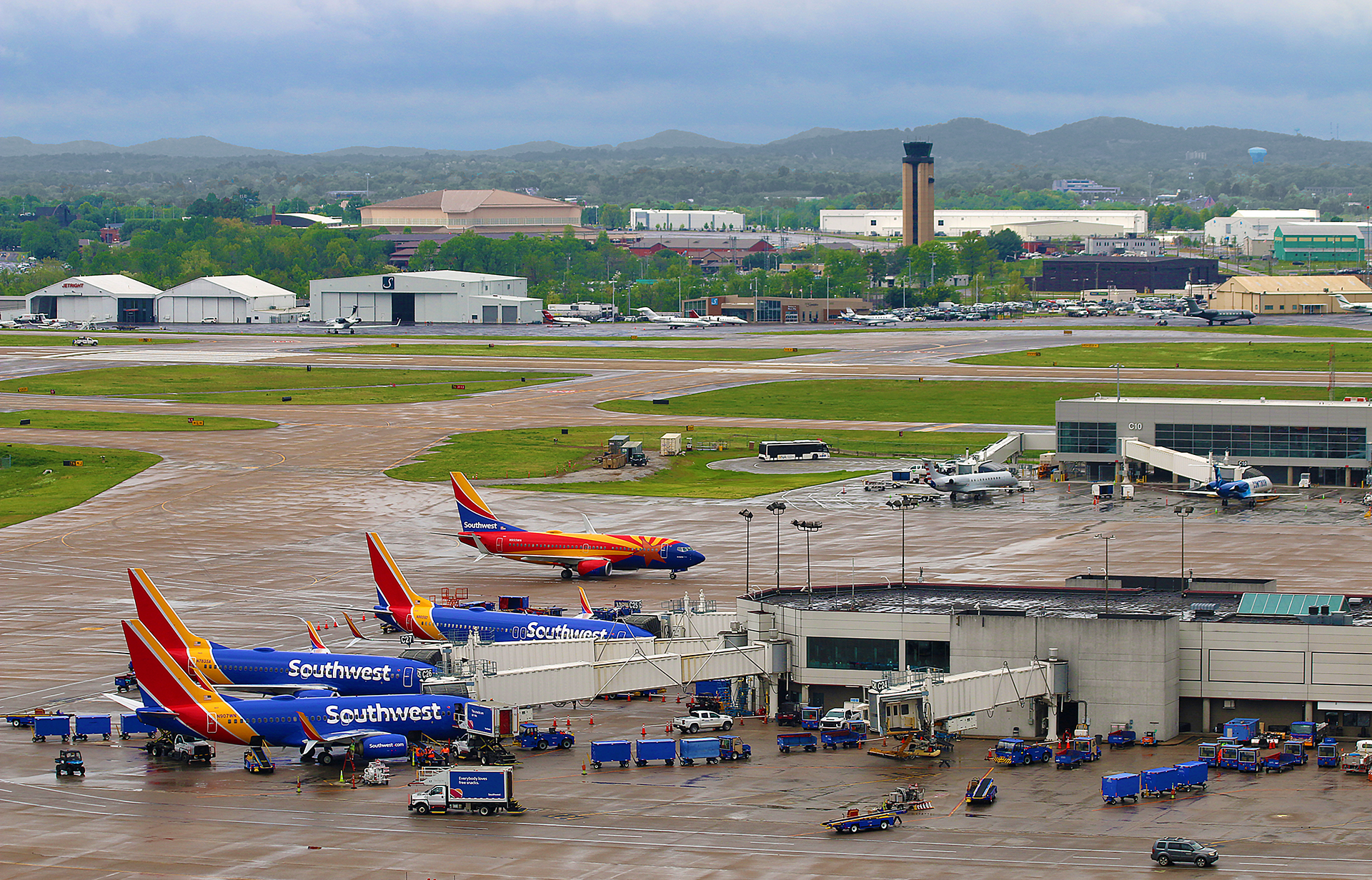
Even exactly ten years after this article was first published, articles from all different kinds of media sources are still complaining about the present state of loyalty programs — removing benefits, changing their models from being based on distance to being based on revenue in terms of airlines, and introducing dynamic pricing of awards as three of numerous examples — are relentlessly flooding the Internet and bombarding you with verbiage resembling the end of the world as we know it.
One major example of the perceived erosion of loyalty is the drastic transformation of Southwest Airlines in the past year or so. No one can explain this phenomenon better than FlyerTalk member nsx — who I know personally and is one of the moderators of the Southwest Airlines | Rapid Rewards forum on FlyerTalk — like he did in this recent discussion, which is titled Loyalty lost:
“We all know that Southwest this year has changed from Dr. Jekyll to Mr. Hyde, attempting to maximize current revenue at any cost in customer goodwill. They price OAK-LAX at double SFO-LAX. So I have moved most of my bookings to SFO. That, in turn, gives me the option to shop the competition, especially considering Southwest’s abysmal frequency between SFO and LAX. To improve my options I paid $40 for Frontier Gold status. Separately, I got a free 4-month match to AA Platinum Pro. Now I can get better seats than Southwest on Frontier, AA, and Alaska.”
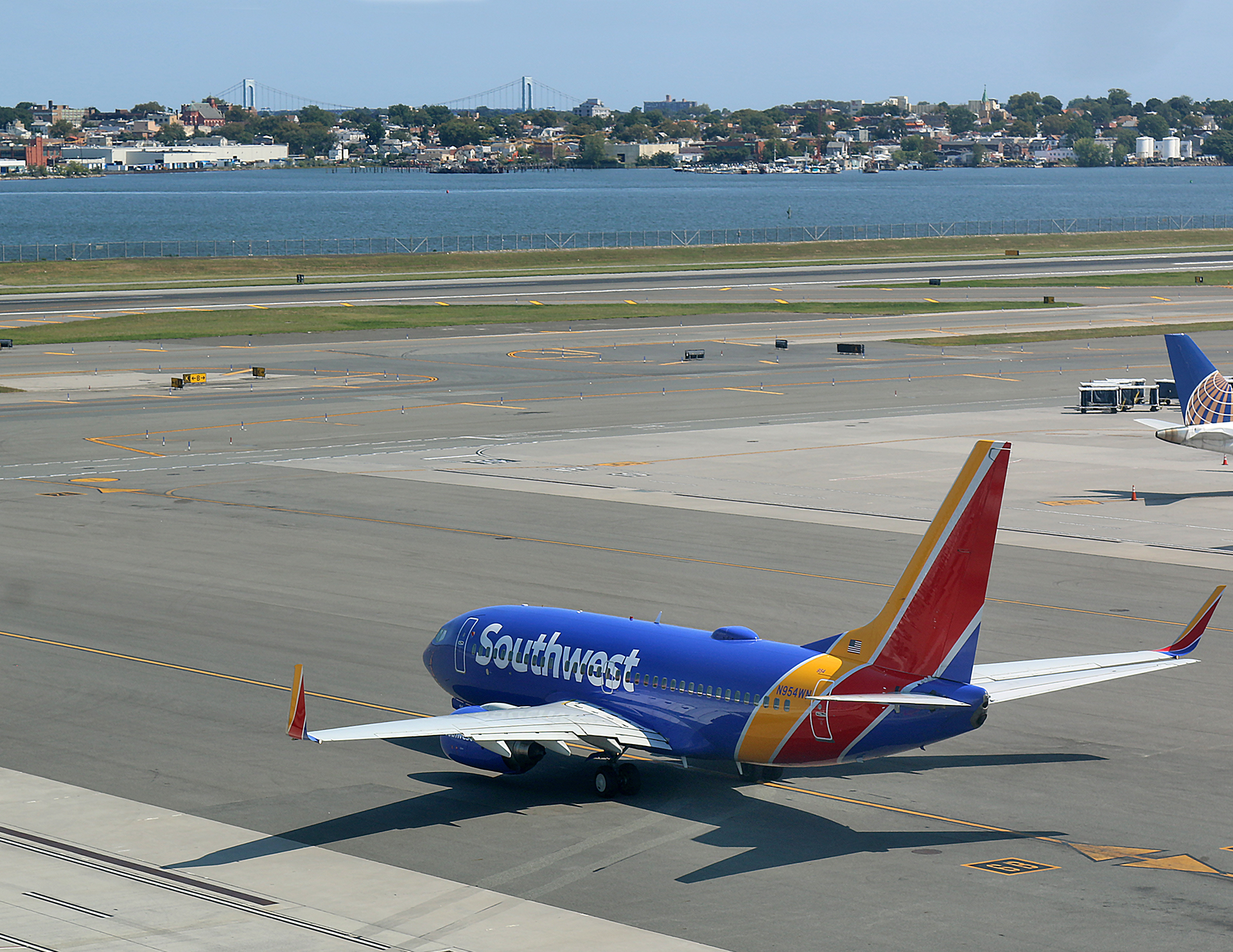
Southwest Airlines is by far not the only company in the travel industry to blatantly sacrifice loyalty with changing policies — but the reasons are more complex in 2025. The basic tenet of loyalty programs in their early years was simple when compared to today: patronize an airline or a lodging company; and in return, earn miles or points to be used towards what was then as close to truly free travel as possible — excluding the inherent opportunity costs, of course. Acquire a certain amount of miles and you can use them for a free trip within a defined region; and a certain amount of points will get you a free night in a hotel. Easy to do and simple to keep track.
Theoretically, the company administering the program would gain more business from its customers, which translated into more profits. Everyone wins — right?
Apparently not.
Over the years, a major flaw of these so-called loyalty programs was exposed…
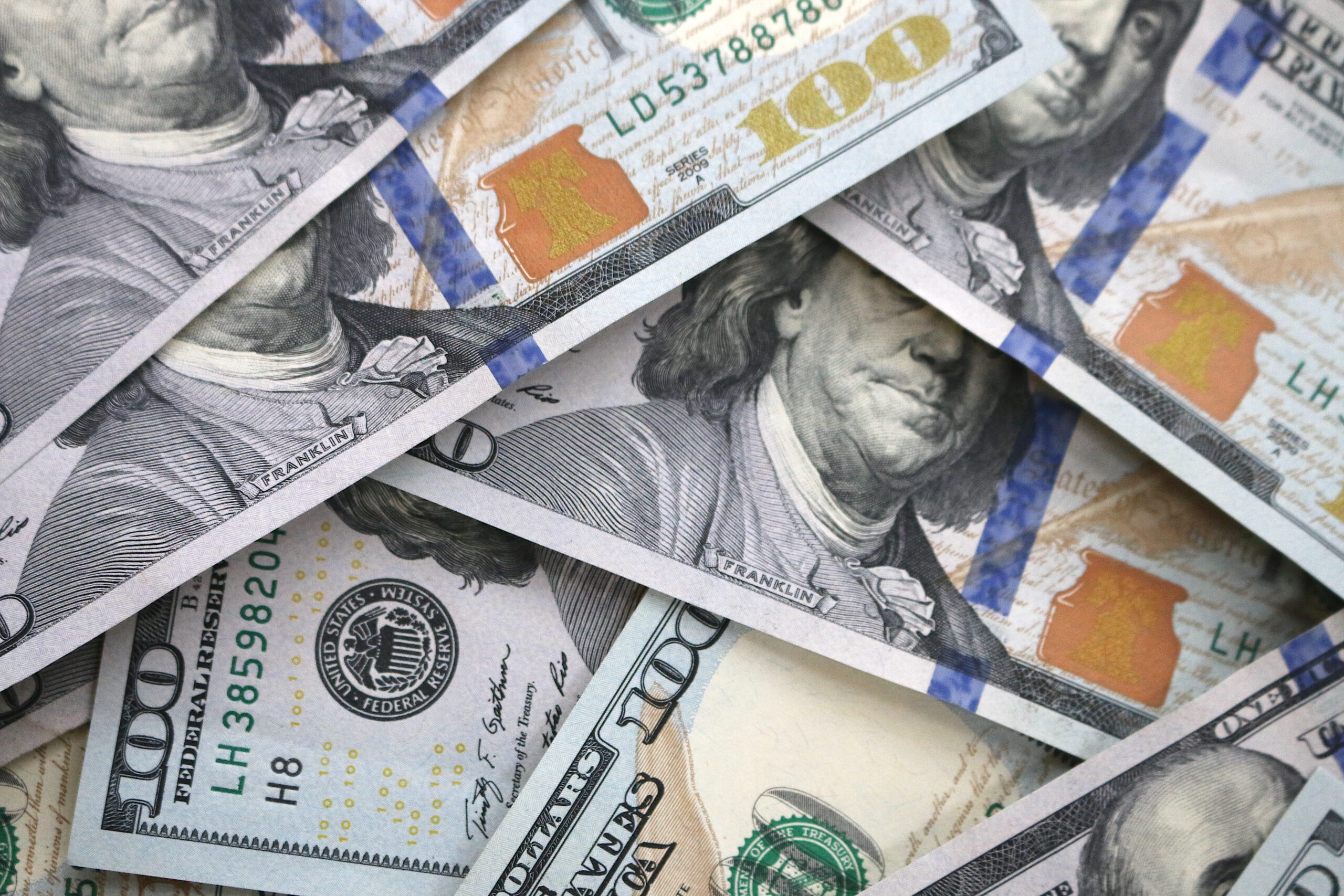
…greed: the greed of the customer; and the greed of the corporation. The result was simply a battle of greed — and because corporations had more resources at their disposal, customers usually lost that battle.
As a result, customers have devised ways over the years of exploiting the benefits of those programs — whether or not that exploitation was designed but not originally intended by the airline or lodging company — resulting in what could arguably be called the enjoyment of more than their fair share of benefits to which they were entitled.
Meanwhile, stakeholders have relentlessly held corporations accountable to increase and maximize profits — especially in the airline industry, where people who purchased airline stocks and did not heed the warnings of investors lost significant amounts of money as that industry hemorrhaged billions of dollars over the years. The pressure was on for airlines to simply placate their stakeholders — never mind fulfill the fiduciary responsibility of providing its investors what they want after suffering year after year: a return on their investment.
There was no way companies could survive under those impossible financial circumstances of bleeding cash while “giving away the store” to its customers in the hopes of charting the right course towards profitability…
…ah — but alas, as evident in many other areas of society such as politics, entertainment, and religion — an overcorrection occurred. When the airlines started to profit from this formerly-untapped treasure trove of ancillary fees for products and services which used to be included in the price of an airfare, they went from begging for your help to what feels like trouncing all over you before leaving you behind. They received handouts from the government — translation: taxpayers — during the 2019 Novel Coronavirus pandemic. It did not matter how much or how well you supported them during their lean years. The mantra is “what have you done for me lately?”

As travel sharply increased after the 2019 Novel Coronavirus pandemic was officially declared to have ended by the World Health Organization on Friday, May 5, 2023, companies in the travel industry were handsomely profiting while rescinding many benefits that were initiated during the pandemic to increase business.
How many airlines and other companies in the travel industry refunded part or all of the money that was granted to them by the federal government of the United States after business started booming in recent years?
One can argue that the customer had that same mantra to the airlines during those years of disappointing earnings reports financial quarter after financial quarter. Evidence of that varies amongst weblogs and Internet bulletin boards — with one glaring and blatant example being the ethics of taking advantage of mistake fares, over which there is still a heated debate after so many years.
Let’s face it: whether as a customer or as an employee in a corporation, there is an inherent trait of the personality of human beings to be selfish and maximize on an opportunity presented to them. That is not to say that human beings cannot also be thoughtful and generous — countless examples of that exist in all aspects of life — but thoughtfulness and generosity are not typically what governs the policies and procedures of both the loyalty program and the behavior of its members. When an entity exploits the system — regardless of in which direction or who is the actual cause of that exploitation — the impetus for action is usually upon the person or entity to counteract that exploitation in response as a form of protection…
…or perhaps as a basis for a form of exploitation as a response — the overcorrection to which I referred earlier in this article. Either way, it is not just the most greedy customer that suffers the consequences of his or her actions. When the policies of frequent travel loyalty programs are further restricted, usually all of the members suffer the consequences.
I have stated many times in past articles — such as this one as an example — that the current economic climate in which airlines are currently enjoying the earnings of record profits in consecutive financial quarters will not last forever. When the airlines are once again hurting and once again offer incentives to take part in their loyalty programs and increase your patronage of them, will you accept? Will you remember the days where you felt like your support seemed to mean nothing?
Final Boarding Call
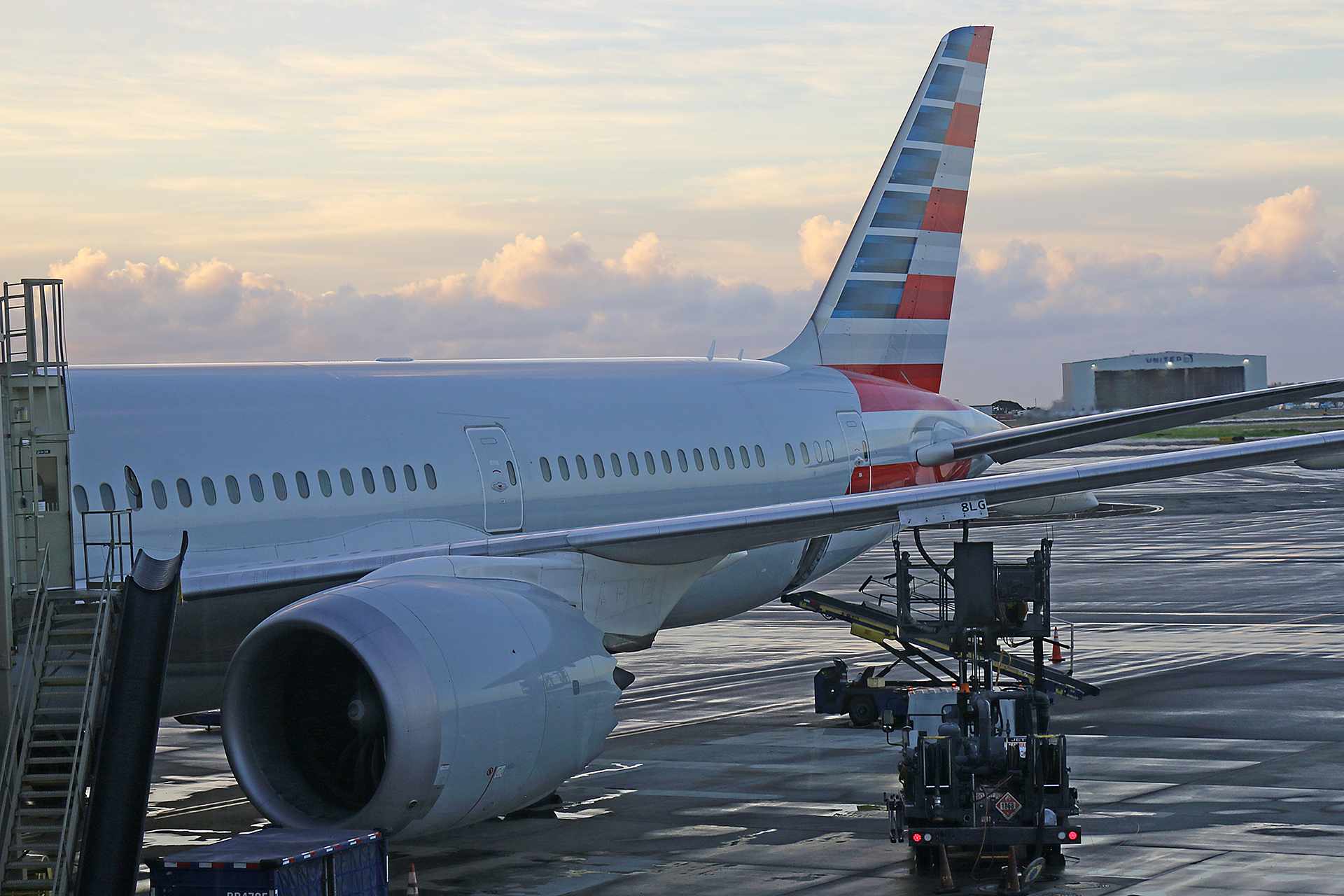
I will be the first to admit that this article is an oversimplification of how loyalty programs and its members have evolved over the past 44 years since American Airlines introduced the first frequent flier loyalty program in 1981, as myriad factors and exceptions exist with which one could “cherry-pick” to easily disprove what I wrote…
…but the bottom line is that loyalty programs in 2025 are typically missing just that — loyalty, on all sides of the equation — and the blame can be shared all around. Countless additional articles will continue to be written by many people about how unfair was this devaluation or how the elimination of benefits with no advance notice or warning will foster distrust. The vicious cycle will likely continue long after you and I are permanently gone.
Not too long after this article was first published exactly ten years ago in 2015, I replaced the term frequent travel loyalty program with frequent travel membership program in the articles I write to reflect how little loyalty is left between companies in the travel industry and their customers. In 2025, loyalty is even more of a shadow of itself — perhaps becoming little more than a myth — than it was in 2015. Nobody seems to be interested in fostering loyalty in general anymore. Rather, what have you done for me lately seems to be the accepted mantra on all sides.
Maintaining perspective in life and adjust expectations is important to mitigate disappointment. Choose your battles wisely. Remember: loyalty programs are administered by for-profit entities; and you are a customer who is free to shop around. The best thing you can do is to quit that loyalty program mindset once and for all and do what is best for you in terms of travel…
…without being greedy, of course.
All photographs ©2016, ©2020, ©2024, and ©2025 by Brian Cohen.
